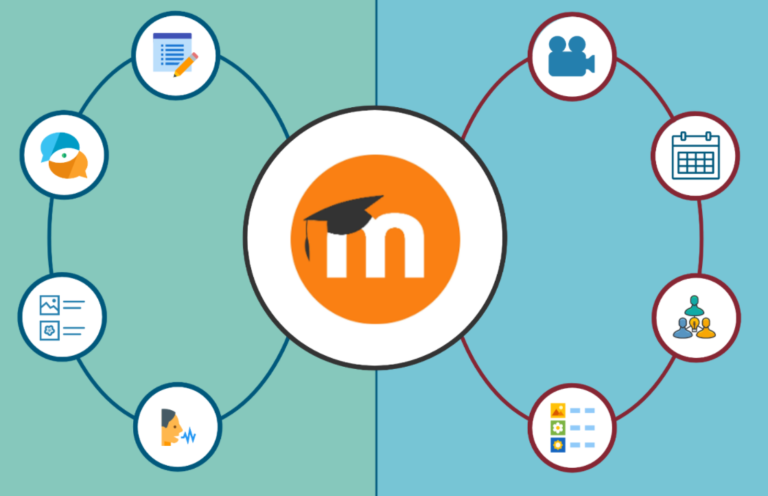Facilitating Creative Learning Series – Part 2
In the previous post on Creative Learning, I introduced the spiral process of creative learning by Mitchel Resnick.
In this post, I will introduce the first two concepts of 4P’s: Projects and Passion. Do not forget to check out this open online course: Learning Creative Learning created by Lifelong Kindergarten at MIT Media Lab.
Projects
In chapter 2, Mitchel suggests that project-based learning is critical because it is the key to fluency, a similar concept to mastery.
“… When you learn to write, it’s not enough to learn spelling, grammar, and punctuation. It’s important to learn to tell stories and communicate your ideas… Imagine trying to learn to write just by working on crossword puzzles. It could improve your spelling and vocabulary, and it could be fun, but would you become a good writer, able to tell stories and express your ideas fluently? I don’t think so. A project-based approach is the best path to fluency, whether for writing or coding.”
Mitchel also argues that learning by doing is not enough. Students should engage in learning by making, which is the process of designing, building, and creating something:
“in the culture of the Maker Movement, it’s not enough to do something: You need to make something. According to the maker ethic, the most valuable learning experiences come when you’re actively engaged in designing, building, or creating something—when you’re learning-through-making.”
The idea of learning by making is challenging to many of us. If you are wondering where to start, think about these questions:
- How do your current activities, feedback, and assignments support or do not support the “making” process?
- How can you create authentic projects that support the acquisition of 21st century skills?
- And more importantly, are you willing to try out new approaches?
Passion
In chapter 3, Mitchel introduces the idea of “wide walls” building on Seymour Papert’s concepts of “low floor“ and “high ceiling.” “Low floors” means technology should provide easy ways for novices to get started. “High ceiling” means technology should also provide ways for people to work on increasingly sophisticated projects over time.
According to Mitchel, “wide wall” adds that technology should support a wide range of different types of projects because people have different passions. He also suggests that passion leads to a phase of immersion in learning.
“Developmental psychologist Edith Ackermann described the process in terms of diving in and stepping back. When people work on projects they’re passionate about, they’re eager to dive in and immerse themselves. They’re willing to work for hours, or longer, and hardly notice that time is passing… But it’s also important for people to step back and reflect on their experiences. Through reflection, people make connections among ideas, develop a deeper understanding of which strategies are the most productive, and become better prepared to transfer what they’ve learned to new situations in the future. Immersion without reflection can be satisfying, but not fulfilling.”
He points out that we need to encourage “hard fun” instead of believing the misconception that students want learning to be easy.
“Too often, teachers and educational publishers try to make lessons easier, believing that children want things to be easy. But that’s not the case. Most children are willing to work hard—eager to work hard—so long as they’re excited about the things they’re working on.”
Although it is obvious that people learn the best when they are led by passion, it is not easy to implement when students just need certain courses to complete their degrees. However, whenever possible, it is our job to create space for flexibility and agency that ignite passion.
If there is not much you can change in your course content, how about giving students choices to decide the format of their assignments? If they enjoy creating videos, can they submit a video instead of a writing assignment? And even before that, do your students know that they could talk to you about their interests or preferred ways of learning?
In the next post, I will summarize some key learnings of the other half of Projects, Passions, Peers, and Play.
Meanwhile, if you have any questions or want to brainstorm together, please do not hesitate to contact me: junsong.zhang@kpu.ca


